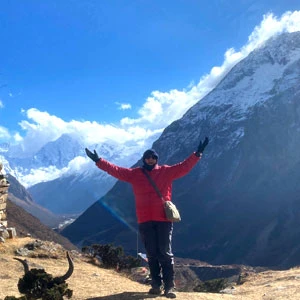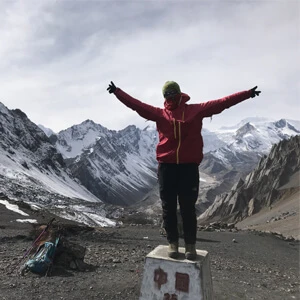Gorkha Trek (Lower Manaslu Region)
For trekkers who want to immerse themselves in the beauty of the Manaslu region but do not wish to take upon the complexities of the challenging routes, the Lower Manaslu Trek will be an exceptional choice! Unlike the classic Manaslu Circuit Trek, you can expect way less crowd on this route, offering you a peaceful journey.
Furthermore, the Gorkha Trek focuses more on the captivating blend of stunning natural landscapes and rich cultural experiences without any added technical difficulties. Throughout the trek, you will encounter a series of charming villages, lush forests, serene rivers, and scenic viewpoints.
Therefore, it is a perfect journey for trekkers looking forward to enjoying the essence of the Himalayas at a relaxed pace. This well-accessible and well-maintained journey across the Lower Manaslu region begins with a 7 to 8-hour scenic drive from Kathmandu to Barpak Village.
But before you take this drive, we will be more than pleased to come pick you up from the Airport and transfer you to your hotel as you arrive in Nepal. Also, fear not, you will not be starting the trek as soon as you arrive here. Well, you will have a day’s time to relax and make final preparations before we head out for the trek.
Now, you are in Barpak (at an altitude of 1,900 meters), one of the most popular villages in Gorkha that holds deep historical meanings. Known as the scenic village of the Braves, you will be able to witness the traditional stone houses, green landscapes, agricultural fields, and the captivating presence of the Daraundi River.
Historically significant, Barpak was epicentered by the devastating 2015 earthquake in Nepal, which caused major damage to the village.
Despite the significant loss, the village has recovered throughout the years, restoring its original charm. Today, most of the houses are rebuilt with more facilities, providing you with a better homestay experience. If you plan to make this journey in October, you will be able to celebrate Dashain and Tihar with the locals there.
Even from the starting point of your trek, you will be greeted with panoramic views of the majestic mountains such as Ganesh Himal, Bouddha Himal, Manaslu Himal, and Siringi Himal. A fun fact - these magnificent sceneries of the snow-capped peaks will stay throughout your whole trekking journey.
From Barpak, you will trek through the lush forest trails and verdant terraced fields to the Gurung village, Laprak. This culturally rich village will welcome you with warm hospitality. As you step onto this village, you will be surrounded by traditional stone houses nestled among terraced fields.
During the month of January right before the corn seeds are planted, the Gurung people of the Laprak Valley celebrate the corn marriage. It is one of the most interesting rituals you will ever see as the locals wed the corn plants and enjoy the ceremony with dance and drinks.
Talking about the interesting rituals, from the start of Basanta Panchami, the Larpak village conveys the story of King Pashramu and Queen Yambawati through Ghatu Nach. This dance is quite spiritual as the dancers are said to be possessed by the dead souls during the ceremony. You will see this ritual stretch till the full moon day of Baishakh Purnima.
Lastly, on the night of the 22 December, the Gurung community brings a massive celebration. They celebrate Lhosar on this day which is a new year on their calendar and it also is a celebration to appreciate the change in nature.
Leaving this interesting village, Larpak, you will take a day hike to the highlight point of the trek, Dharche Danda. It is also the highest elevation point of your trek and offers you clear views of the snow-capped mountains at the top and the changing landscapes at the bottom. If you are an avid birdwatcher you have reached the perfect spot as this part of the trek is inhabited by over 300 species of birds.
As you spend two nights on Laprak with a side trip, you will walk through the forests and meadows down to reach the Khorla Besi. This is the peaceful section of the trek that will offer you a relaxing environment. From that point onward, you will make your way through Runchet, Kasigaun, and finally to Baseri.
During these parts of the trek, you will pass through several water bodies and historical locations of the villages. Originally named Rukchet, the Runchet village is believed to have been the settlement of Tibetans in the past. This village is famous for the Mane Dance which is generally celebrated in the first or second week of December. So, if you get lucky to witness this dance, remember that it is believed to have originated over 1000 years ago and is celebrated to this day to avoid the death of the offspring.
Moving on, Kasigaun is a lively hub full of traditional architecture and vibrant culture. Historically, this village used to be the Ghale King’s Fort. Today, it is one of the most genuine places in Gorkha where you will get to witness the ethnic dances of the region.
If you have planned his trek during the rainy season, you will get to witness the Tara Devi Puja. The locals usually celebrate this when it is time to bring the crops home and they believe that this dance will keep the mice away. Some of the other celebrations you may get a chance to witness in this village are the Maruni Dance and Hyursha Devi Puja.
The final destination of this trek is Baseri Village, which is a hill station in Dhading. This final stretch offers a rustic view of the traditional Nepali houses on a hill with the majestic backdrop of the Himalayas.
As you are in Baseri, you will have a final day hike to Tinsure Hill before you return back to Kathmandu. This extended hike will provide you a chance to soak in the beauty of the Himalayas one last time.
Overall, the Lower Manaslu Trek is a wonderful introduction to the Himalayan beauty and local culture and traditions. So, this particular trek highlights the Manaslu region in summary by offering a comprehensive experience.
Therefore, if you are looking to soak yourself in the scenic and relaxing journey in the foothills of the Himalayas with a more manageable level of complexity, you should definitely prepare for the Gorkha Trek!
Lower Manaslu Area Trekking Difficuly
Unlike the strenuous Manaslu Circuit Trek, the Lower Manaslu Hike is designed with a unique blend of adventure and accessibility along the base of the Himalayan region. It is a rewarding journey without any additional physical challenges and complexities, hence, making it particularly well-suited for beginner trekkers as well.
Throughout this trek, you will find the trails to be well-maintained with moderate difficulty. As you plan to embark on his journey, be prepared to be surprised by diverse scenic backdrops as you make your way through the lush forests, terraced fields, and serene river valleys.
Over the course of this 9-day trek, you will trek for about 6 to 7 hours daily. While the trekking duration may seem a lot, you will only be traversing along gradual ascents and descents which makes the journey manageable and minimizes physical strain.
Moving on, you will spend almost every trekking day just above 1,500 meters in altitude. However, the two highlighting day hikes to Dharche Danda and Tinsure Hill will take you to an altitude above 3,000 meters. Yet this will not bring any concern as you will get ample time for acclimatization and relaxation which minimizes the potential risk of altitude sickness.
Therefore, even when you experience high altitudes during this journey, you can enjoy the scenic views of the majestic Himalayan peaks and expansive valleys with ease.
Overall, the Lower Manaslu Area Trek strikes as a perfect journey that caters to trekkers of all levels. With its well-maintained trails, moderate daily trekking hours, and manageable altitudes, it provides an excellent introduction to Himalayan trekking.
Best Time For Lower Manaslu Scenic Trek
One of the most appealing factors of the Lower Manaslu Scenic Trek is its versatility. Well, you can go on this journey at any time of the year with each season offering a diverse experience. Having said that, Nepal Trekking Experts do not recommend you embark on this journey during the Summer / Monsoon season.
Autumn (September to November) is the best season for Lower Manaslu Scenic Trek with temperatures ranging from 10°C to 15°C during the day. This season offers maximum clarity allowing trekkers to fully appreciate the breathtaking mountain views. Likewise, the trail condition is favorable with dry paths, crisp air, and stable weather.
Additionally, the Autumn season also brings heavy festive moods and you will get a rare opportunity to witness the greatest festival of Dashain and Tihar.
Moving on, Winter spans from December to February which brings a drop in the temperature ranging between -5°C to 10°C during the day. While the days do get much colder, the trails are still accessible, unlike the trails in higher elevation levels. However, you may face occasional snowfall, especially at the viewpoints.
Well, the Winter sets a totally different perspective on the region as the air gets chilly and the trails get more tranquil. Also, you will get foggy clouds during the morning but it will soon clear as the day progresses, offering a stark beauty of the snow-capped peaks and frosted forests.
Similarly, Spring (March to May) offers favorable trekking conditions with excellent trail conditions, superb visibility, and clear skies offering stunning views of the surrounding Himalayan peaks. After some of the coldest days of the year, the trail springs back to life with lush greenery and blooming wildflowers.
Generally, the weather during Spring is mild with average daytime temperatures ranging from 10°C to 20°C. Additionally, the forests of this region come alive with rhododendrons, oak, Cypress wood, bamboo, Himalayan rhubarb, and many more.
Lastly, Summer (June to August) brings heavy downpours in the area which can lead to slippery trails and an increased risk of landslides and floods. Additionally, this frequent rainfall significantly impacts visibility and trail conditions though the region gets greener.
Altogether, if you are looking to trek the lower regions of Manaslu, we recommend avoiding the Summer season. Also, for different times of the year, you should prepare your journey accordingly.
Lower Manaslu Hiking Permits
As you trek through the route of the Lower ManaslR region, you will not be required to have any special permits. This is because the route primarily traverses lower-altitude villages and does not enter the restricted Manaslu Conservation Area or other protected regions.
So, yes, this particular trek does not bring you any hassles or complexities of having a permit and you can simply focus on the beautiful local villages. Also, this lack of permit simplifies your trekking process. So, lace your boots for the Lower Manaslu Region and enjoy the stunning scenery, cultural immersion, and warm hospitality of the local communities.
Booking And Payment With Nepal Trekking Experts
To book your trek with us, you have to send a deposit of 10% of the total cost of the trek. Please also forward a copy of your passport, a passport-sized photo, and full flight details if and when available. For your convenience, you may also forward the deposit to us online through our website. It is completely safe, and as soon as you make it, you will get an automatic receipt in your inbox. The rest of the payment can be paid upon arrival.
Likewise, if you want a longer serene, and scenic Himalayan adventure, you should consider combining the Tsum Valley Trek as well.
If you have any questions, do not hesitate to contact us anytime. We are always ready to assist.



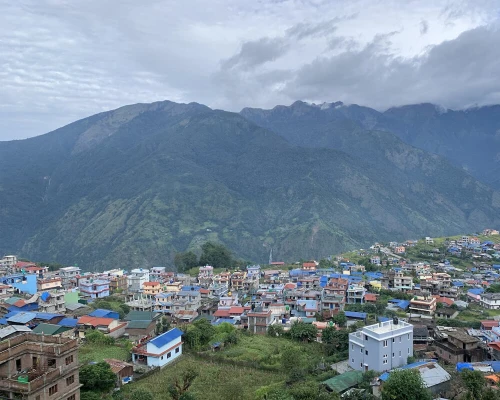
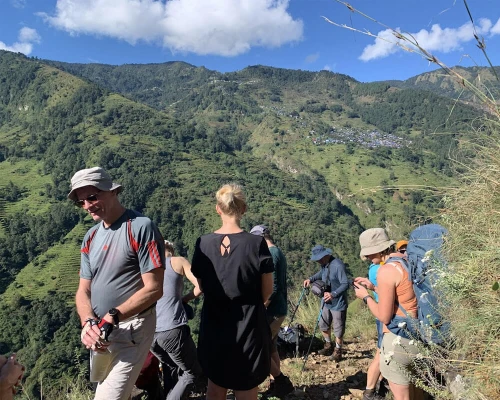
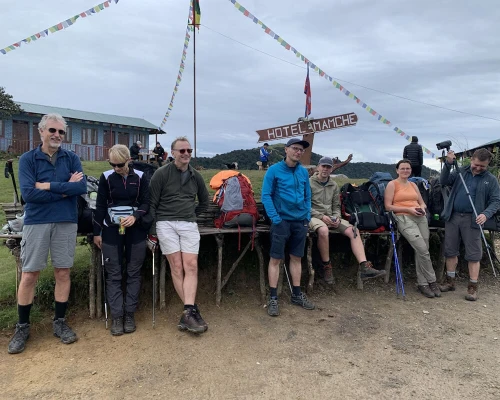
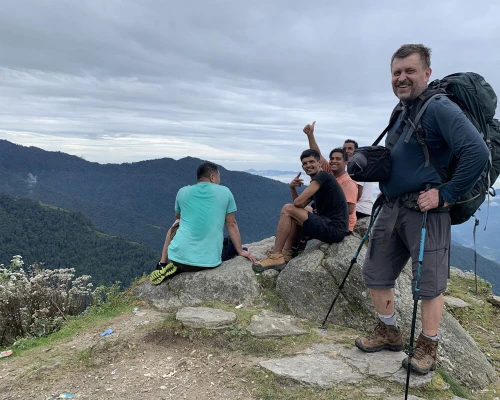
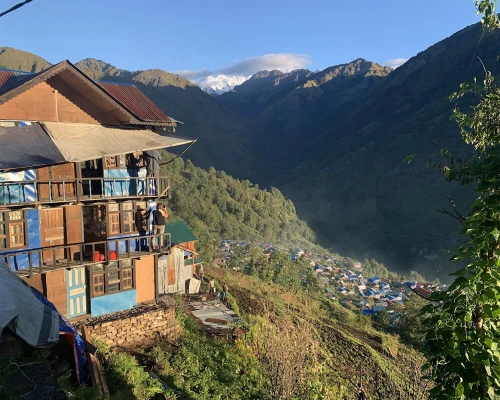


 based on 83 reviews
based on 83 reviews




